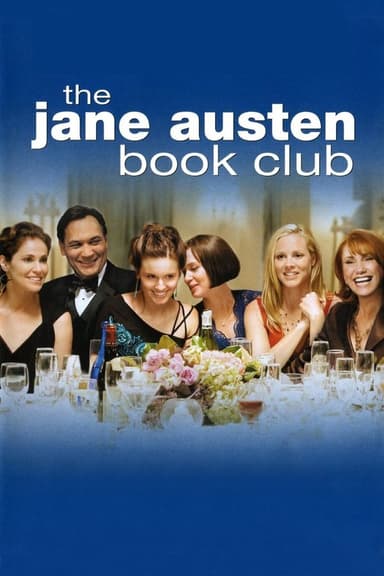
The Misadventures of Margaret
1998 • Comedy, Romance
A timid, insecure popular author with an overly-attentive professor husband decide to write an erotic novel. With encouragement from her sister and a bi-sexual friend, she goes to France with the intent of doing research at an inn where a diary she had been using documented erotic encounters. Instead she finds the inn is now a cloister for singing nuns. However, a young, divorced sound engineer is also there taping the nuns. While attracted, she mostly succumbs only to new fantasies until he follows her home to New York.
Runtime: 1h 45m
Why you should read the novel
Cathleen Schine's novel Rameau's Niece offers a nuanced and introspective journey into the mind of a woman questioning her marriage, desires, and intellectual identity. Unlike the movie, the book masterfully blends humor with sharp observations about academia, relationships, and the often muddled intersection between fantasy and reality. Schine's witty prose and insightful characterizations invite readers to immerse themselves in Margaret's world, experiencing her dilemmas and epiphanies at a depth the film adaptation can only hint at.
In reading the novel, you will appreciate the clever interplay between literature—especially the influence of Diderot's works—and modern life, making for a rewarding intellectual adventure. The narrative provides an absorbing, interior perspective that captures Margaret's insecurities, aspirations, and wry self-awareness. This literary approach enables a more intimate exploration of personal growth and the intricacies of marriage, which are softened or glossed over in the cinematic version.
Choosing the book means gaining access to the full emotional and philosophical spectrum of Margaret's crisis, rendered with subtlety and warmth. Schine's unique voice ensures that readers will find both laughter and insight, resulting in an experience that lingers long after the last page—a richness that movie adaptations often struggle to achieve.
Adaptation differences
The film The Misadventures of Margaret simplifies and streamlines several key themes and plotlines from the novel Rameau's Niece. While the book delves deeply into Margaret's intellectual pursuits, especially her academic fascination with Diderot, the movie focuses more on her romantic escapades, often sidelining the philosophical and literary discussions that form the heart of the novel. This shift in emphasis results in a lighter, more conventional romantic comedy compared to the layered exploration found in the book.
Another significant difference is in the portrayal of Margaret herself. The novel presents her as introspective and self-aware, struggling through internal monologues and doubts about her choices in life and love. In the movie, her character is externalized, and her internal conflicts are often translated into comedic set-pieces or whimsical daydreams, which can come across as less nuanced. The result is a protagonist who is more reactive and less contemplative than her literary counterpart.
Supporting characters also undergo transformation in the adaptation process. Relationships that are central to Margaret’s personal growth in the novel—such as her nuanced interactions with family, colleagues, and lovers—are compressed or altered for cinematic brevity. This leads to a loss of depth in secondary character arcs and the complex social dynamics that Schine so deftly portrays.
Furthermore, the novel’s clever use of metafiction, with Margaret drawing inspiration from and even interacting with characters from Enlightenment literature, is largely absent or simplified in the film. This diminishes the novel's playful commentary on reading, interpretation, and the porous boundaries between fiction and reality. In sum, the adaptation transforms a rich literary meditation into a broader, more accessible—but less intellectually stimulating—screen experience.
The Misadventures of Margaret inspired from
Rameau's Niece
by Cathleen Schine










